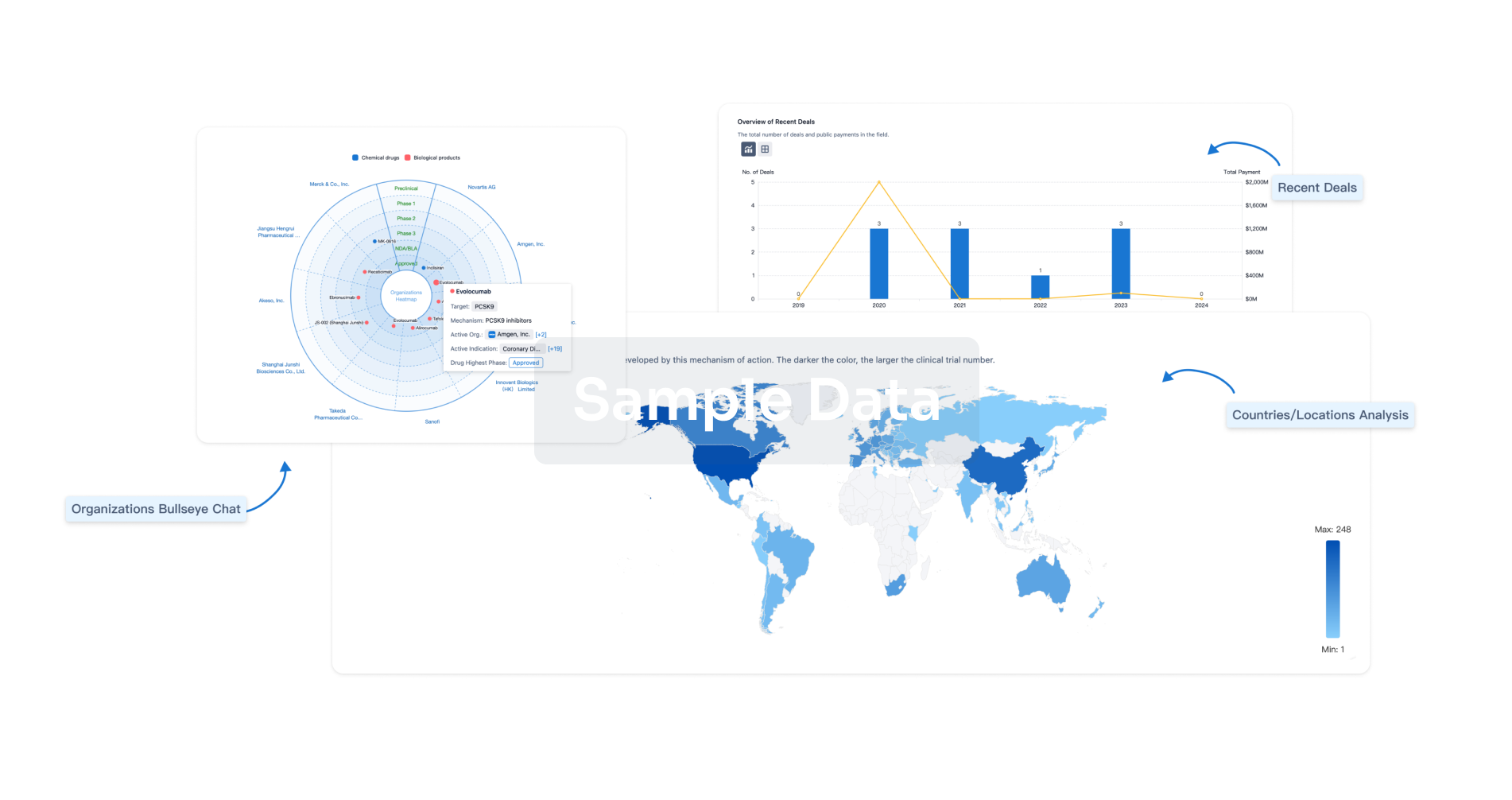Request Demo
Last update 23 Jan 2025
PPAR x LPL
Last update 23 Jan 2025
Related
1
Drugs associated with PPAR x LPLTarget |
Mechanism LPL stimulants [+1] |
Active Org.- |
Active Indication- |
Inactive Indication |
Drug Highest PhasePending |
First Approval Ctry. / Loc.- |
First Approval Date20 Jan 1800 |
100 Clinical Results associated with PPAR x LPL
Login to view more data
100 Translational Medicine associated with PPAR x LPL
Login to view more data
0 Patents (Medical) associated with PPAR x LPL
Login to view more data
1,209
Literatures (Medical) associated with PPAR x LPL01 Feb 2025·Experimental Eye Research
Proteome of pericytes from retinal vasculature of diabetic donor eyes
Article
Author: Rajendran, Sharmila ; Narayansamy, Angayarkanni ; Cruze, Lawrence D. ; Annamalai, Radha ; Cruze, Lawrence D ; Kuppan, Kaviarasan
01 Jan 2025·Comparative Biochemistry and Physiology Part B: Biochemistry and Molecular Biology
Hyperthermal stress potentiates enhanced lipid utilisation in genetically improved farmed Tilapia, Oreochromis niloticus juveniles
Article
Author: Dasgupta, Subrata ; Mannur, Vijayakumar Sidramappa ; Varghese, Tincy ; Akhila, S. ; Sahu, Narottam Prasad ; Akhila, S ; Chandan, Nitish Kumar ; Paul Nathaniel, T. ; Deo, Ashutosh D. ; Nathaniel T, Paul ; Gupta, Subodh ; Deo, Ashutosh D
01 Jan 2025·Animal Bioscience
Impact of an extended light regimen imposed during nursery period on the performance and lipid metabolism of weanling pigs
Article
Author: Liu, Guangfan ; Zou, Xingyue ; Tian, Liang ; Yang, Xingming ; Su, Fen
Analysis
Perform a panoramic analysis of this field.
login
or

Chat with Hiro
Get started for free today!
Accelerate Strategic R&D decision making with Synapse, PatSnap’s AI-powered Connected Innovation Intelligence Platform Built for Life Sciences Professionals.
Start your data trial now!
Synapse data is also accessible to external entities via APIs or data packages. Empower better decisions with the latest in pharmaceutical intelligence.
Bio
Bio Sequences Search & Analysis
Sign up for free
Chemical
Chemical Structures Search & Analysis
Sign up for free